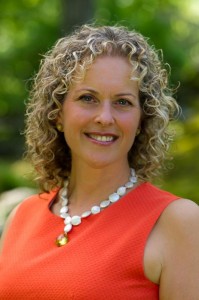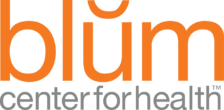 We hear so much about breast cancer these days: in the media; through fundraising organizations; and from family and friends facing the diagnosis. Perhaps you, too, are a breast cancer survivor.
We hear so much about breast cancer these days: in the media; through fundraising organizations; and from family and friends facing the diagnosis. Perhaps you, too, are a breast cancer survivor.
October is Breast Cancer Awareness Month, and we want to honor and support all women by highlighting our Functional Medicine approach to the prevention of breast cancer, whether the focus is on primary prevention, or prevention of recurrence. Because research shows that how you metabolize estrogen can be one of the causes of cancer, we focus on supporting estrogen detoxification, a process that happens primarily in the liver.
HOW MUCH ESTROGEN DO YOU HAVE?
Many women believe that after menopause they aren’t making estrogen anymore.
This is not true. Estrogen is produced in several places in the body, including the ovaries, adrenal glands and fat cells. Even if your ovaries have been removed or you have gone through menopause, estrogen is still being produced, in low but measurable amounts, by these other tissues. You might wonder: since we all have estrogen, why do some women end up with breast cancer? Well, it turns out that all estrogens are not the same.
When estrogen is processed for elimination, the hormones are sent to the liver where they are metabolized, a process also called detoxification. During the estrogen detox process, you can end up with “bad” estrogens or “good” estrogens. The bad ones are toxic and damage DNA, as opposed to the “good” estrogen metabolites that behave safely and are preferable. Although our genetics influence how easily we make the good and bad estrogens, it turns out (no big surprise!) that food and other lifestyle factors have an enormous effect on the kinds of metabolites the liver will make. These are what we focus on for breast cancer prevention at BCH and in BlumKitchen.
IMPROVE YOUR RATIO OF GOOD:BAD ESTROGENS
The best way to reduce your cancer risk is to increase your good estrogens, and decrease the bad. Here are our top 3 tips:
1. Eat lots of food that supports estrogen detoxification pathways (Mary will talk more about these foods in our Nutrition section). These include:
cruciferous vegetables like kale, broccoli and cauliflower
fiber from fruits and vegetables
soybean that is non-gmo, and in its whole form, like edamame or tofu. Or, fermented soy like tempeh or miso (we will focus on the soy controversy in next month’s newsletter, so stay tuned…)
beans
ground flax seeds
2. Consider taking the supplement Di-indolylmethane, or DIM, which is basically the active component extracted from cruciferous vegetables. This can improve the good:bad estrogen ratio and decrease the risk of breast cancer. We also recommend it to reduce symptoms of too much estrogen, such as fibrocystic breasts, uterine fibroids or heavy painful periods. This condition is called estrogen dominance.
3. If you want to know more about your personal risk, genetic testing can be done to evaluate your probability for making bad estrogens, and urine testing can be done to assess your current ratio of good:bad estrogens. With these test results, we can determine how to use food, supplements and mind-body practices to increase good estrogen levels and lower bad ones. These tests are available from our Functional Medicine practitioners.
